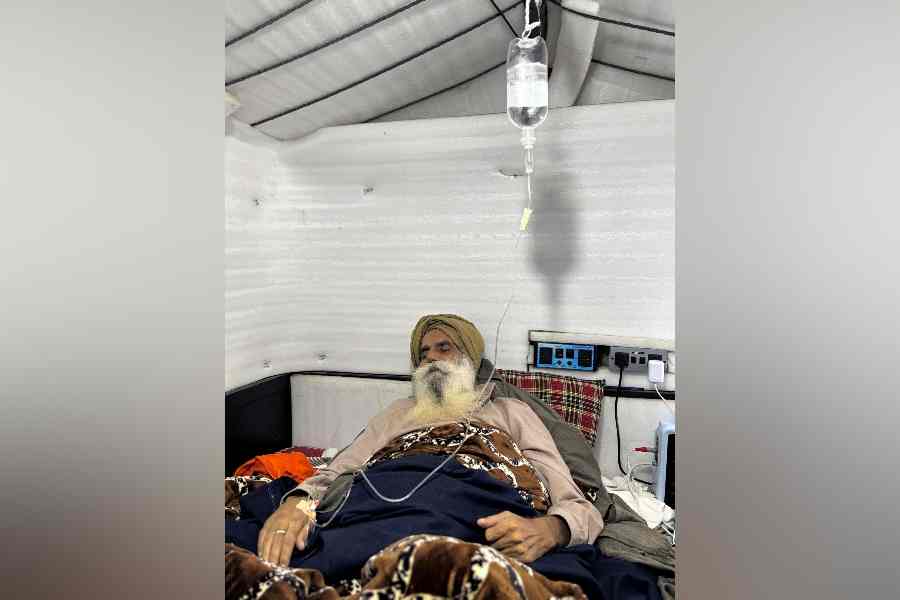According to many economists, a stable job with a fair income constitutes a cornerstone of economic development. Most people wish to reduce risk in their earning efforts; only a rare few are born entrepreneurs capable of creating miraculously successful start-ups. These reflections have been brought to the fore, once again, by the findings of the India Employment Report 2024, published jointly by the International Labour Organization and the Institute for Human Development, that show a number of problems exist on the nation’s employment front. Shockingly, it is estimated that about 83% of the unemployed population of India are young people at the beginning of their careers. The data challenge India’s much-feted ‘demographic dividend’. The trend, the report says, had been rising between 2000 and 2019. However, it had been reversed during the pandemic, which was a period of economic distress. Incidentally, crucial indexes, such as the labour force participation rate, the worker to population ratio, and the unemployment rate, had also shown long-term deterioration between 2000 and 2018. But these trends apparently had been reversed as well. This appears to be paradoxical; how can employment opportunities improve during periods of economic distress? The answer may not be clear at the moment. But what is apparent is that the reversal has been accompanied by concerns regarding the quality of jobs and the big picture about the labour market.
India’s labour market is characterised by a large, informal sector. Ninety per cent* of the workforce is informally employed while 82% of workers are employed in the informal sector. The number of self-employed remains the most important form of employment: this ratio was 55.8% of the employed in 2022. Pays and incomes are generally low, stagnant and even declining. Over 60% of casual labourers are denied the minimum wages that they are entitled to. The number of women in self-employment and unpaid family labour has been going up. There has been a reversal in the growth of non-farm employment, causing an almost forced return to an already crowded agriculture sector. This is suggestive of insufficient job creation in the manufacturing and the service sectors.
That the Narendra Modi government has failed to honour its pledge of employment creation is borne out, yet again, by this report. What is as appalling as the statistics is the claim by the chief economic advisor that the government cannot be expected to solve the problem of employment. Is it being implied that it is not the job of an elected government to generate employment? Such a remark is unwarranted — unacceptable — given the serious consequences of unemployment and how it jeopardises economic growth. Worse, there is concern that the advent of Artificial Intelligence could disrupt the labour market in a major way with obvious political repercussions. It is high time that Mr Modi’s government devises a well-thought-out, forward-looking employment policy that would not only create jobs for the youth but also minimise the expected turbulence from the changes in emerging technology. Triumphant rhetoric, denial of credible reports and dubious data cannot conceal the grim reality of employment in India.











